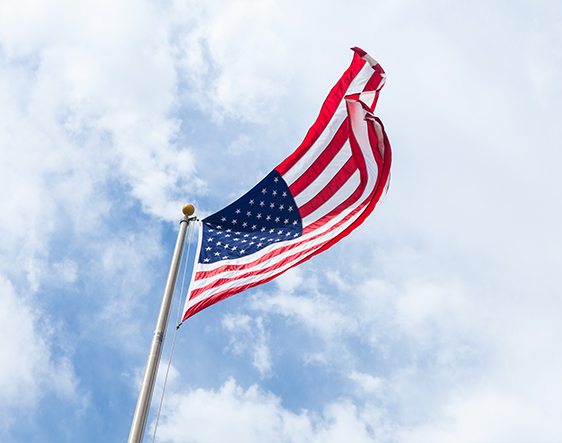As the world enters a new political era, and businesses reel at last week’s shock result, it’s worth taking a step back from the madness and asking; what are the outtakes from the US presidential campaign for HR professionals? By Atif Sheikh, CEO, Business 3.0.
After all, HR is all about people and it was the people behind the polls – the polls that got things very wrong – that swayed the vote in Trump’s favour in the end. Looking at the success of Trump’s campaign, we see that when it comes to rallying supporters and driving engagement it was conversation, rather than communication that helped sway things. At present, communication is all about the art of persuasion, relying on expertise and polished arguments to get people on board with the “right way ahead”. What has become apparent from Trump’s campaign is that the combination of the free-flowing dialogue of social media and general mistrust in institutions means people will no longer be persuaded or told what is right for them.
Staff, like voters, must be brought on board with an idea, strategy or change from the start. They need to explore, debate, disagree and understand things for themselves. This ultimately allows them to come on board with deeper commitment. It’s vital to invest time and energy in creating conversations up down and all across an organisation and to NEVER expect people to get on board with something without those conversations. The Trump campaign also illustrated the power of people, who were perceived to be at the fringes of the electorate. In an organisation, it’s critical to identify employees who may have a different or difficult view, but who often hold a lot of sway. These people can share their views and be very influential. Not only can ignoring them be dangerous, but they may hold innovative answers that can help reinvent or improve a business.
Taking a look at the inner workings of the two campaign teams, we saw that tactics won over strategy in the end. Clinton’s campaign polled everything, with a very deliberate strategy for all that was said or done. While this approach has traditionally worked in politics, the Trump campaign was more agile in responding and in turn was able to energise and mobilise. HR departments, like Clinton’s campaign are often rife with a culture of ‘measuring engagement’, where really the focus should be on ‘instigating a movement’.
It was well documented that Trump was difficult to work with, witnessed through several changes to his senior staff over the course of the campaign. Ultimately, however, Trump was Trump and he did not pretend to be anything else. In an organisation, also, it is a mistake to keep scripting and managing senior leaders to within an inch of their lives. Rather; they should be provided with guidewires and then unleashed. Of course this comes with risk, but the underlying lesson is that leaders need to be authentic. While the future is unclear for the business community, one positive lesson from the US presidential campaign for the HR profession is certain- the age of communication is over; the age of conversation is here.
businessthreezero.com









